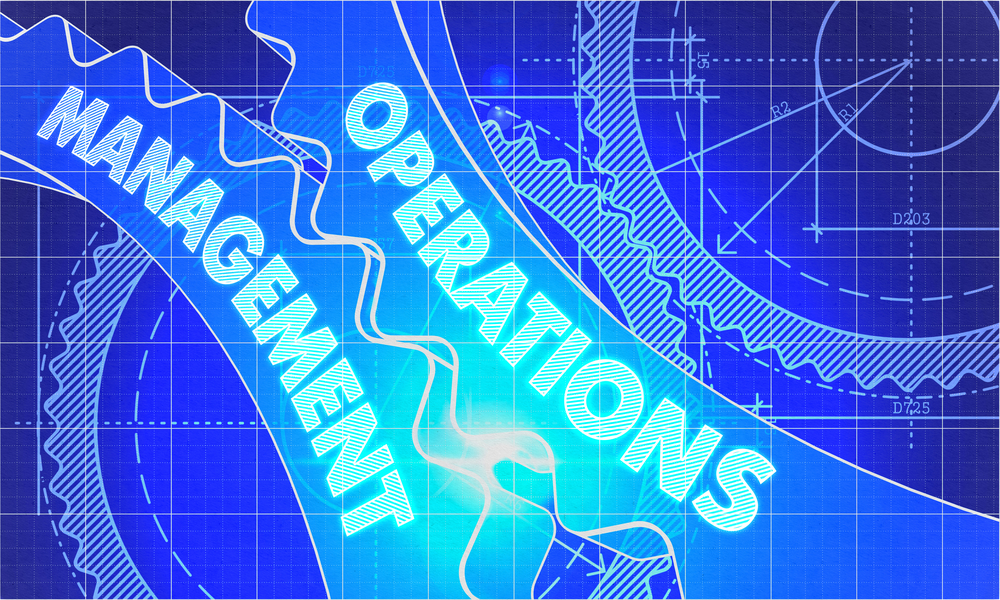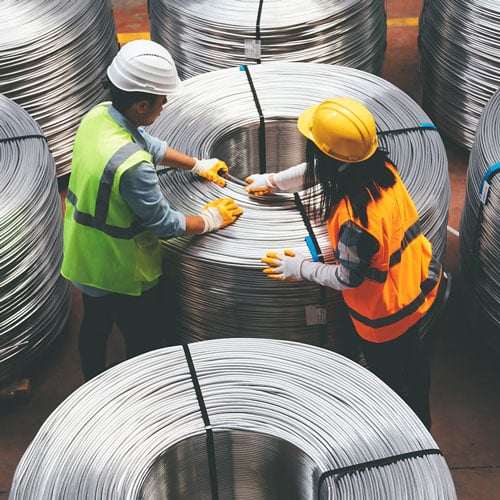Reliable Deliveries at Competitive Prices
Essential materials
If you’re faced with a lack of essential materials, it could take weeks to get the supplies you need. Sending an order, coordinating with vendors and tracking shipments take time and prevent you from doing business. GO2 has the expertise and resources to ensure your team has the materials they need to keep your business moving.
Reduce Lead Times
You need materials, so you send an order to a vendor and wait for a response for hours. You might not receive the shipment for weeks, leaving your operation on hold. When you work with GO2 Partners, our national network of warehouses allows us to keep an inventory of your supplies nearby and at the ready.
Avoid Obsolescence
Buying in bulk provides you with competitive pricing, but can lead to product obsolescence. What seemed like a great deal when you ordered a year’s supply of product six months ago now leaves you with half a year’s worth of outdated material. GO2 Partners eliminates obsolescence concerns.
Flexible Ordering Strategies
Planning for your inventory needs requires an ordering strategy, but plans don’t always work out. GO2 Partners can work with your engineering team to establish set reorder points for your supplies based on historic usage. You also have an intuitive eCommerce portal that allows you to order more when you need it. These processes ensure your operation can easily navigate challenges and needs.

Change the Way You Order Essential Supplies
Reduce your inventory stress. Working with GO2 Partners provides you with a turnkey solution for managing your supply chain. Contact us today to discover how we've helped similar businesses transform their operations, and what we can do for yours.
Customer Success Stories
A Fortune Global 100 company worked
with GO2 Partners to create operational efficiencies and reduce costs for purchasing mission-critical supplies for their manufacturing facilities.
Latest News and Information

The Future of Operations and Supply Chain Management: 4 Trends to Watch
Keep Reading

What Is Sourcing and Supply Chain Management
Keep Reading
Industries

Manufacturing
Complex manufacturing problems require unique solutions. Discover how GO2 addresses our clients’ needs, no matter how complicated they are.
Franchise
With a deep bench of expertise and resources, GO2 offers solutions so you can scale your business.

SaaS
Making the right connections can keep your B2B SAAS company growing. Discover all the ways that we can help transform your business.

